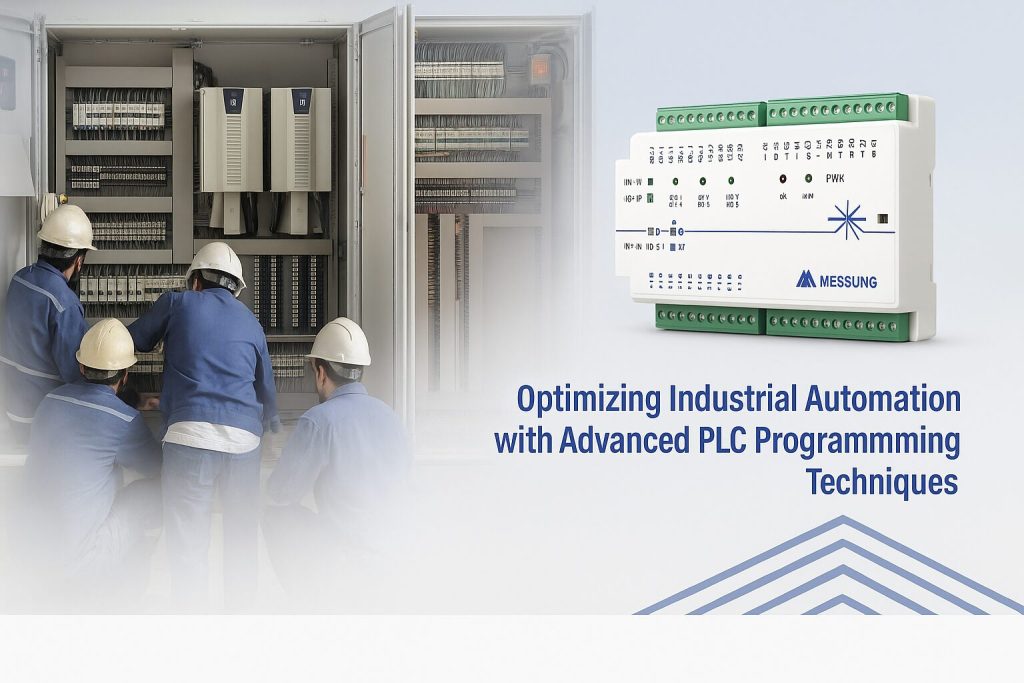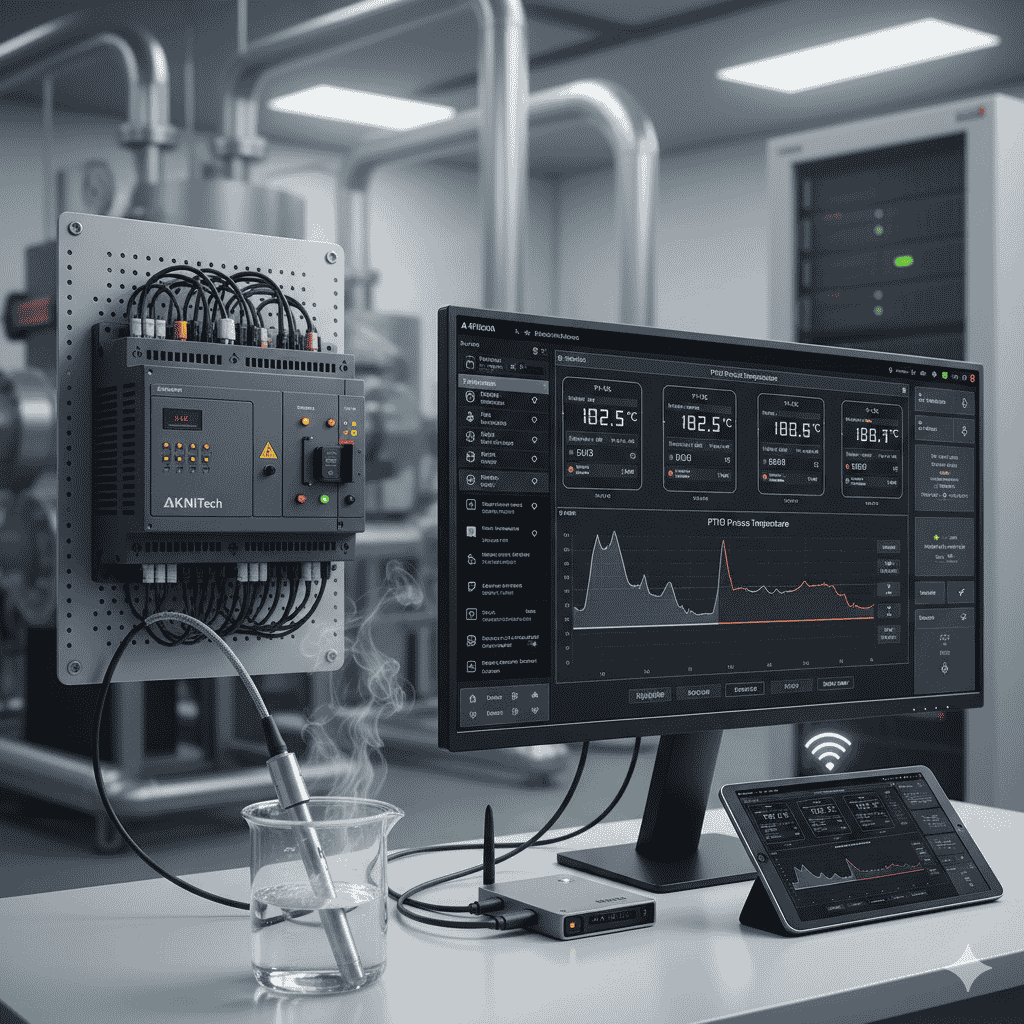Programmable Logic Controllers (PLCs) are the brains behind industrial automation systems. From assembly lines to packaging units, PLCs ensure everything runs smoothly with precision and consistency. But what powers these devices? The answer lies in PLC programming languages.
In this blog, we’ll explore what PLC programming is, the most common programming languages used, the best tools and software available, and how beginners can start learning today.
What is PLC Programming?
PLC programming refers to writing code that tells a PLC how to behave. These codes control machinery, manage processes, and ensure systems operate in a reliable, automated manner.
PLCs are essential in industries like manufacturing, food processing, energy, and water treatment. They help minimize manual intervention and ensure faster, error-free operations.
What Are PLC Programming Languages?
A PLC programming language is the method or syntax used to write instructions for a PLC. These languages are defined under the IEC 61131-3 standard, which outlines five official types of PLC languages. Each has its own advantages and is used based on the nature of the automation task and the skill level of the programmer.
Types of PLC Programming Languages
1. Ladder Logic Programming (LD)
Ladder Logic is the most widely used and beginner-friendly language in PLC programming. It resembles electrical relay logic, making it popular among electricians and plant technicians.
- Best For: Simple on/off controls and safety logic
- Visual Style: Rungs (like a ladder) with contacts and coils
2. Structured Text (ST)
Structured Text is a powerful, high-level language similar to Pascal or C. It’s great for tasks requiring data handling, mathematical logic, and complex process control.
- Best For: Advanced programming, calculations, data manipulation
- Style: Written in code blocks using IF/THEN, FOR, and WHILE loops
3. Function Block Diagram (FBD)
This graphical language lets users connect blocks that represent functions. It’s ideal for repetitive processes and can simplify control logic when structured properly.
- Best For: Reusable modules, motor control, PID control
- Visual Style: Boxes with input/output signals linked by lines
4. Instruction List (IL) (Deprecated)
Instruction List is a low-level, text-based language that resembles assembly code. It’s fast but harder to read and maintain, which is why it has been phased out in newer IEC standards.
5. Sequential Function Chart (SFC)
SFC breaks down control tasks into steps and transitions. It’s best for batch processes or systems with clear start-to-finish sequences.
- Best For: Sequential operations, recipe-based logic
- Visual Style: Step boxes connected by transition arrows
Popular PLC Programming Tools and Software
To write and test PLC programs, you need the right tools. Here are some of the most commonly used platforms:
- Siemens TIA Portal – Powerful software for Siemens PLCs
- Rockwell Studio 5000 – Used for Allen Bradley PLC programming
- Mitsubishi GX Works – Great for Mitsubishi-based systems
- Codesys – Open-source and IEC-compliant
Tip: Many beginners start with free PLC programming software or simulators before investing in licensed platforms.
Applications of PLC Programming
PLC programming is used in:
- Automotive manufacturing
- Food and beverage production
- Water treatment plants
- Conveyor systems
- Smart factories (Industry 4.0)
Understanding PLC coding for manufacturing is a valuable skill for engineers, technicians, and students alike.
PLC programming languages are the foundation of modern automation. Whether you choose Ladder Logic for its simplicity or Structured Text for its power, mastering PLCs will open doors in multiple industries.
At Aknitech, we’re here to help you get started. From guides and simulators to training and tools, we support learners at every stage.







